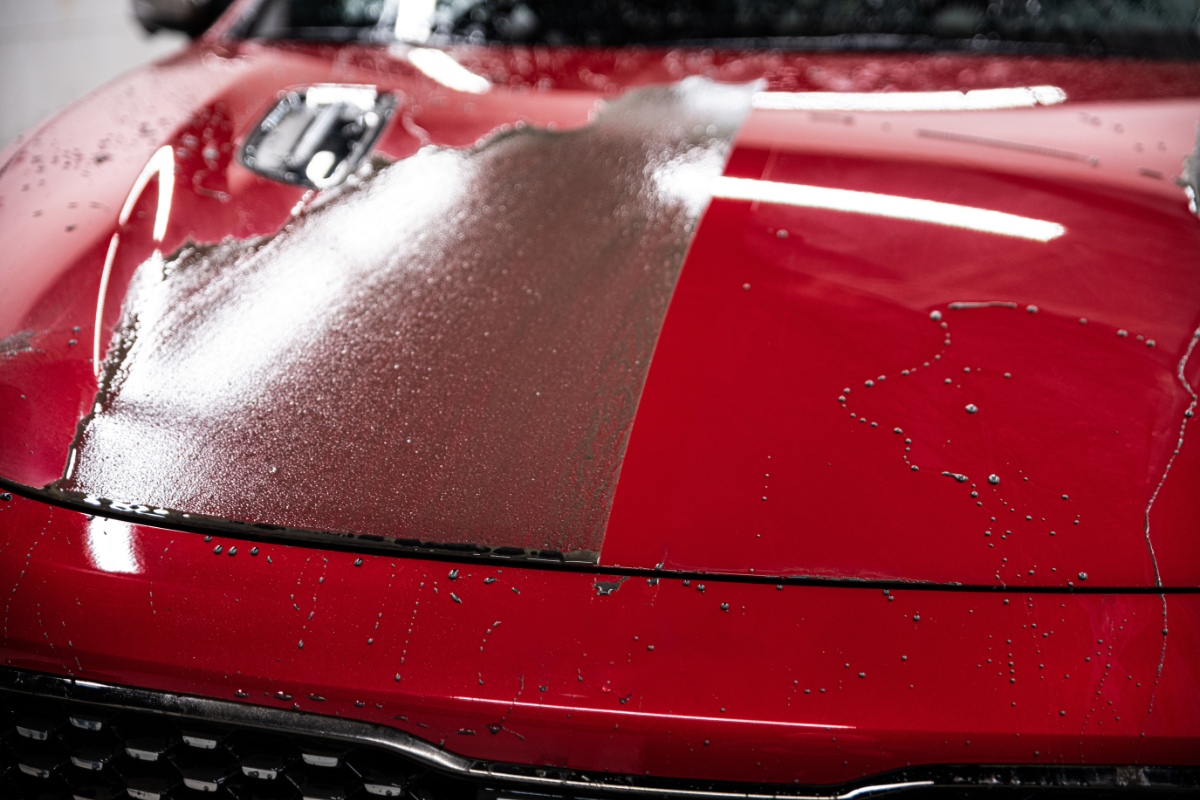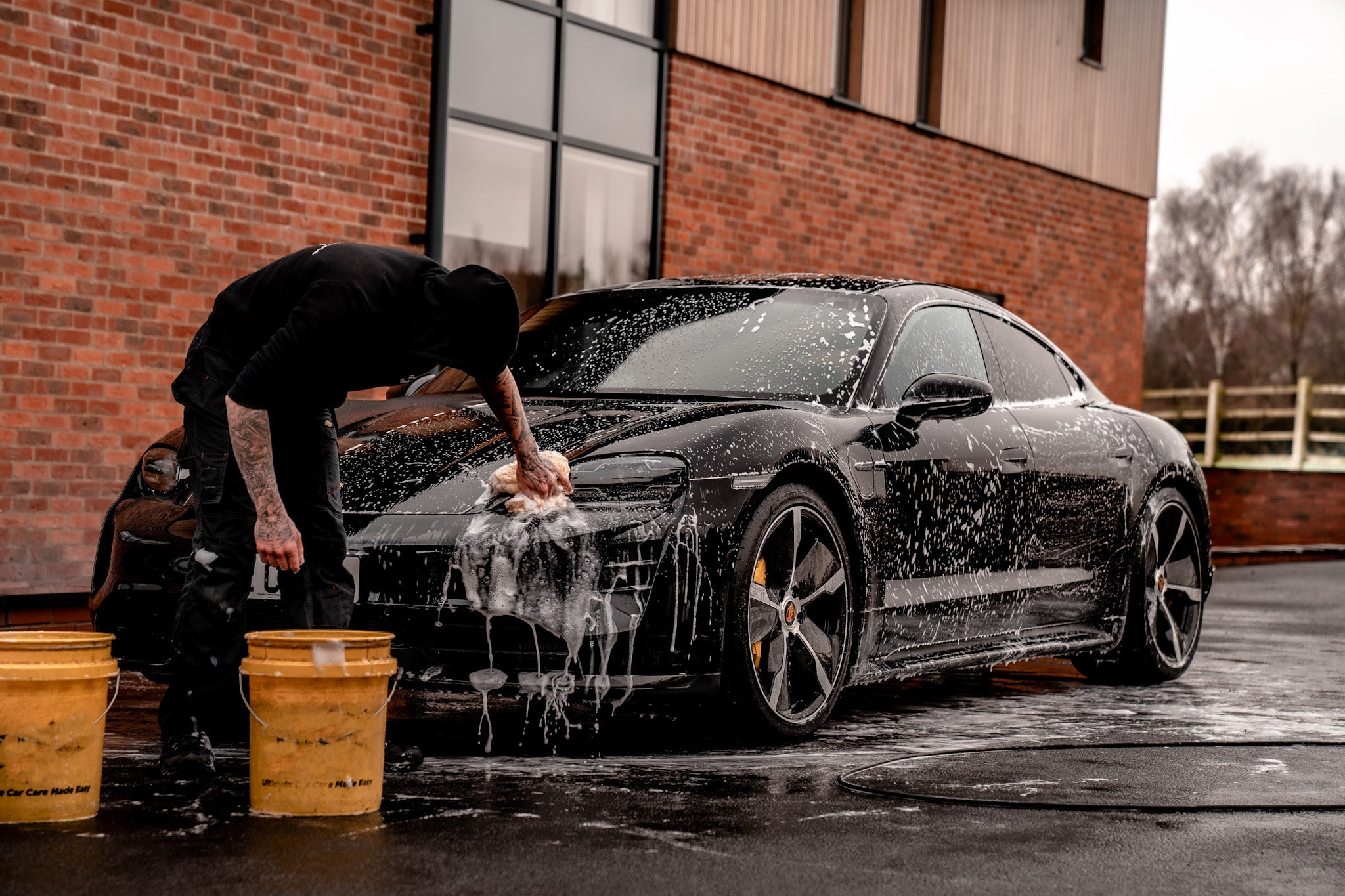A Comprehensive Guide to the Types of Ceramic Layer on the Market
Ceramic finishings have actually arised as a crucial solution across different markets because of their special residential properties and applications. From silica-based formulations recognized for their toughness to crossbreed choices that combine numerous advantages, the options available can be frustrating. Recognizing the nuances of each kind, including their certain advantages and optimal use instances, is necessary for making informed decisions. As we discover the distinctive qualities and applications of these layers, the implications for efficiency and long life become progressively apparent, questioning about which type might ideal fit your requirements.
Comprehending Ceramic Coatings
Ceramic coatings are innovative safety solutions that have gained popularity in numerous markets, particularly in automobile and aerospace applications. These finishings include a liquid polymer that, when cured, forms a long lasting, hydrophobic layer on the surface area of the substratum. This layer provides improved resistance to ecological impurities, UV radiation, and chemical exposure, thus extending the life and aesthetic appeal of the underlying product.
The fundamental part of ceramic layers is silica, which contributes to their firmness and durability. The application process usually includes surface prep work, application of the finish, and healing, which can be attained through warm or UV light. When treated, ceramic coverings show outstanding bonding buildings, allowing them to stick strongly to a variety of surfaces, including metals, plastics, and glass.
Along with their protective functions, ceramic finishes also use ease of maintenance. Their hydrophobic nature decreases the adherence of dust and grime, making cleaning less complex and less regular. In general, the adoption of ceramic finishings stands for a substantial advancement in surface security modern technology, giving both practical and aesthetic benefits throughout several sectors.
Types of Ceramic Coatings
Numerous kinds of ceramic finishings are available, each designed to satisfy particular efficiency needs and applications - Auto Detailing. The most typical types consist of:
Silica-based Coatings: These layers mostly contain silicon dioxide and are recognized for their resilience and chemical resistance. They are extensively used in vehicle and commercial applications.
Titanium Dioxide Coatings: Prominent for their photocatalytic residential or commercial properties, titanium dioxide coverings are frequently used in settings where self-cleaning and antifungal buildings are preferable, such as in structure materials and automobile coatings.
Zirconia Coatings: Characterized by their high-temperature security and thermal resistance, zirconia finishes are made use of in applications such as wind turbine engines and high-performance vehicle elements.
Alumina Coatings: Exhibiting excellent hardness and thermal stability, alumina layers are frequently used in wear-resistant applications, including cutting devices and commercial machinery. - Auto Detailing
Hybrid Coatings: Combining the properties of numerous see post products, crossbreed coatings supply improved efficiency characteristics, making them appropriate for unique and requiring applications.
Each sort of ceramic covering offers unique functions, enabling customers to choose the most ideal service based upon details environmental conditions and performance requirements.
Benefits of Ceramic Coatings
Coatings play a vital duty in enhancing the efficiency and durability of surface areas throughout different markets. Ceramic finishes, specifically, deal many benefits that make them progressively prominent among manufacturers and consumers alike. One of the main benefits is their extraordinary toughness. These finishes are resistant to scratches, chemicals, and UV rays, making certain that the underlying surface area continues to be protected over time.
Along with durability, ceramic coatings offer exceptional hydrophobic properties, permitting simple cleaning and upkeep. This water-repellent nature reduces the adherence of dirt, crud, and other contaminants, which can prolong the aesthetic appeal and capability of the surface area. Ceramic coverings can dramatically boost thermal resistance, making them optimal for applications that withstand high temperatures.

Application Refine
When applying ceramic layers, a careful method is crucial to achieve optimal results. A tidy surface makes sure proper attachment of the covering.
Once the surface area is prepped, the next step is to use the ceramic layer. The covering needs to be used in thin layers, as thicker applications can lead to uneven coatings.
After application, the finishing needs a certain treating time, commonly ranging from a few hours to a complete day, depending on the item. Adhering to these steps faithfully will make best use of the effectiveness and longevity of the ceramic layer, giving a durable protective layer for the surface area.
Upkeep and Longevity
To ensure the longevity and performance of a ceramic coating, routine upkeep is essential. Ceramic finishings, understood for their toughness and safety top qualities, require specific treatment routines to maximize their life-span and efficiency.
Along with click now normal washing, periodic examinations are vital. Seek indications of wear or damages, such visit as hydrophobic properties lessening or surface area flaws. If needed, a light gloss may be put on invigorate the finishing without stripping it away.
In addition, the application of a booster spray can enhance the layer's hydrophobic effects and restore its gloss. This is especially helpful for layers that have remained in use for an extended duration. Eventually, by sticking to these maintenance methods, one can dramatically prolong the life of a ceramic layer, ensuring that it proceeds to give ideal protection against ecological elements and preserve the aesthetic allure of the automobile.
Final thought
